Have you ever felt the burn of a push-up and wondered if there’s more to it than just a regular workout?
Picture this – you’re starting with a wall push-up, almost feeling like a warm-up, and before you know it, you’re conquering the ground with a standard push-up that’s a testament to your strength. It’s not just about doing push-ups; it’s about mastering them at every level.
So, if you’re ready to break free from the ordinary and discover the incredible world of push-up progressions, let’s dive in together.
✨Understanding Push-Up Components
Before delving into push-up progressions, understand the essential components:
- 🤸Skill Work
- This involves honing precise techniques for form during push-ups.
- Focus on mastering the intricacies of the movement, ensuring that each push-up is executed with precision.
- Emphasizes the importance of cues and detailed attention to technique.
- 👊Strength
- The primary goal here is progressive overload.
- Pushing the limits and intensifying capabilities gradually, one push-up at a time.
- Building resilience and power in each movement, contributing to overall strength development.
- 💪Muscle Work
- In this component, lower intensity is introduced to focus on sculpting.
- It’s not just about raw strength; it’s about shaping and defining muscle groups.
- The emphasis is on creating a satisfying pump in the muscles, adding an aesthetic dimension to your push-up journey.
- 🏃Endurance
- Endurance work revolves around pushing limits for extended durations or increasing the number of reps.
- It’s about building the stamina to sustain the push-up form over a more extended period.
- This aspect contributes to overall fitness and the ability to perform a higher volume of push-ups.
Mastering these elements forms the foundation of an impactful push-up routine. Together, they form the foundation of a well-rounded approach to push-ups, ensuring that your progressions are not only challenging but also transformative.
🔥 9 Push-Up Progressions
The focus of these push-up progressions will be specifically on the strength element of the exercise. This comprehensive exploration will lead you through various stages, placing a strong emphasis on refining and amplifying the strength component of your push-up technique.
1. ⚡️Wall Push-Up
The initial step on your push-up journey introduces you to the foundational wall push-up. This beginner-friendly progression serves as a fantastic starting point, making the push-up accessible to everyone, regardless of fitness level.
Setup
Begin by facing the wall, creating a safe and stable starting position. Place your hands on the wall, maintaining a distance approximately shoulder-width apart, or slightly wider for comfort.
Body Alignment
Take a step back from the wall, ensuring your body is in a straight line from head to heels. This alignment is crucial to engage the core and maximize the effectiveness of the exercise.
Execution
Lower your upper body towards the wall, allowing your face to come close to it. This controlled descent emphasizes engagement in the chest and arms.
Pushing Back
Press back out to a lock arm position, emphasizing the engagement of your chest, shoulders, and triceps. This upward movement strengthens the muscles responsible for the push-up action.
Repetition
Repeat the entire sequence for the desired number of reps. Consistency and controlled movements are key to mastering the wall push-up.
The wall push-up serves as an excellent introduction, effectively targeting the upper body muscles while providing a low-impact option for beginners. It not only builds the strength necessary for more advanced progressions but also establishes the proper form and technique essential for a successful push-up journey.
2. ⚡️Knee Push-Ups
This progression reduces the load on the upper body, making it an excellent option for beginners or those working on refining their form. It helps you build strength while reducing the load on the upper body compared to a standard push-up.
Initiating the Position
Begin in a kneeling position, setting the stage for a controlled and modified push-up experience. Keep your hands forward, creating a starting posture reminiscent of a dog position.
Shoulder Protraction
Emphasize shoulder protraction, encouraging a slight rounding of the chest.
This adjustment activates the chest muscles and prepares them for engagement during the push-up movement.
Maintaining Hip Alignment
Ensure that your hips remain straight and in front of the knees as you lower down.
This alignment is crucial for targeting the intended muscle groups and maintaining proper form.
Executing the Push-Up
Perform the push-up focusing on a controlled descent. Lower your body until your chest is right above the floor, allowing for a full range of motion.
Locking Back Out
Press back up to the starting position, locking out your arms. This upward movement engages the chest, shoulders, and triceps, contributing to overall upper-body strength.
Mastering the knee push-up serves as a pivotal step in building strength and confidence on your push-up journey. As you become proficient in the knee push-up, you’ll be well-prepared to progress further and tackle more challenging variations.
3. ⚡️Knee-Wide Push-Up
This progression is similar to knee push-ups, but with hands two feet wide to target a wider range of muscles.
Starting Position
Commence in the familiar kneeling or dog position, setting the foundation for controlled and effective movements.
Hand Placement
Place your hands two feet wide, introducing a modification that challenges your muscle engagement. This wider hand placement intensifies the push-up, targeting a broader set of muscle groups.
Technique Repetition
Repeat the technique employed in the knee push-up, ensuring a controlled descent and ascent. Emphasize maintaining proper form throughout the movement, with your chest aligned right above the floor.
Elbow Alignment
Be mindful of your elbow positioning, ensuring they do not flare out to the sides.
Aim for an angle between 30 to 45 degrees, promoting optimal engagement of the chest, shoulders, and triceps.
Lockout and Return
Complete each repetition by locking out your arms at the top of the movement.
This phase accentuates the full range of motion and reinforces upper body strength.
The knee-wide push-up introduces a wider hand placement, challenging your muscles in a new dimension. This progression is excellent for broadening the scope of your muscle engagement while maintaining a manageable level of difficulty.
As you seamlessly integrate the knee-wide push-up into your routine, you’ll notice enhanced strength and stability, paving the way for further advancements in your push-up journey.
4. ⚡️Knee Diamond Push-Up
The knee diamond push-up introduces a unique challenge to enhance your upper body strength. It not only targets the chest but also places specific emphasis on triceps engagement.
Related article: Building a Powerful Chest and More: The Muscles Used in Push-Ups
Starting Position
Begin in the kneeling position, ensuring a stable foundation for the upcoming movement.
Transition to the dog position, maintaining a controlled and aligned posture.
Hand Placement
Move your hands close together until the index fingers and thumbs are touching, forming a diamond shape. This hand positioning alters the dynamics of the push-up, intensifying the focus on the central chest and triceps.
Execution of the Push-Up
Lower your body towards the floor, aiming for the chest to touch the hands in the center of the diamond shape. Execute the push-up with precision, emphasizing controlled movements and maintaining a straight line from hips to head.
Locking Back Out
Press back up to the starting position, locking out your arms at the top of the movement.
Ensure that your hips remain in a straight line, avoiding any piking for optimal engagement of the targeted muscle groups.
The knee diamond push-up presents a distinctive challenge by concentrating on the triceps while still providing a solid chest workout. This progression is beneficial for individuals looking to diversify their push-up routine and place specific emphasis on different muscle groups.
As you integrate the knee diamond push-up into your routine, you’ll experience increased strength and muscle definition. Stay consistent, focus on maintaining proper form, and you’ll be well-prepared to progress to more advanced push-up variations.
5. ⚡️Incline Push-Up
As you advance through these progressions, the incline push-up introduces a shift in perspective, incorporating an elevated surface for added challenge. This modification targets the upper body while requiring increased stability.
Preparation
Find an elevated surface such as a box or bench to set the stage for the incline push-up.
This variation draws inspiration from the wall push-up but introduces a higher level of intensity by lowering the angle of your body.
Body Alignment
Position your body in a straight line, ensuring proper alignment from head to heels.
Place your hands at the top of the box or bench, adapting the push-up technique to the inclined surface.
Core Engagement
Keep your core tight throughout the movement, emphasizing stability and control.
This engagement is crucial for maintaining balance and maximizing the effectiveness of the incline push-up.
Prescribed Technique
Repeat the prescribed push-up technique, focusing on a controlled descent and ascent.
Execute each repetition with precision, ensuring your chest reaches the surface and locking out at the top of the movement.
The incline push-up offers a stepping stone between beginner and intermediate variations, providing a challenging workout for the upper body. This progression targets the chest, shoulders, and triceps while incorporating core engagement for stability.
As you integrate incline push-ups into your routine, you’ll notice increased strength and endurance, paving the way for more advanced progressions.
6. ⚡️Half Push-Up
Moving away from elevated surfaces, this variation brings you to the floor, demanding increased strength and control. This introduces a partial range of motion, targeting specific muscle groups while preparing for the full push-up.
Starting Position
Begin in the straight arm plank position, setting a solid foundation for the half push-up.
This position emphasizes core engagement and stability as you execute the movement.
Range of Motion
Perform the half push-up by descending only halfway, aiming for the 90-degree mark.
This partial range of motion intensifies the engagement of the chest, shoulders, and triceps while challenging your strength.
Returning to the Top
Return to the starting position, completing the range of motion and resetting for the next repetition. The return to the top is a crucial phase, emphasizing control and precision in each movement.
Technique Adjustment
Note the change in technique regarding the range of motion. While the movement is challenging, executing only half of the range enhances muscle engagement and contributes to overall strength development.
The half push-up serves as a pivotal step toward mastering the full range of motion while building essential strength in the upper body. This progression bridges the gap between elevated and ground-level push-ups, preparing you for more advanced variations.
As you incorporate the half push-up into your routine, focus on maintaining proper form and gradually increasing repetitions to enhance endurance and strength. This steady progression will undoubtedly set the stage for conquering more advanced push-up variations in your fitness journey.
7. ⚡️Wide Half Push-Up
As you progress further, the wide half push-up introduces a variation that widens the hand placement, intensifying the challenge and targeting distinct muscle groups.
Starting Position
Begin in the straight arm plank position, maintaining a strong and stable foundation for the wide half push-up. The initial positioning emphasizes core engagement and stability, crucial for the upcoming movement.
Wider Hand Placement
Move your hands wider to about two feet, altering the dynamics of the push-up and engaging a broader range of muscles. This modification challenges your chest, shoulders, and triceps uniquely, contributing to overall upper-body strength.
Partial Range of Motion
Lower down to the 90-degree mark, executing the wide half push-up with deliberate control.
This partial range of motion intensifies the engagement of targeted muscle groups, ensuring a challenging yet effective exercise.
Return with Lockout
Return to the starting position, completing the range of motion and locking out at the top of the movement. The lockout phase emphasizes the completion of each repetition, promoting strength and stability.
Elbow Alignment
Ensure that the elbows track backward within the 30 to 45-degree range. Avoiding elbow flare-out is crucial, especially in the wide push-up, as it maintains proper form and minimizes strain on the joints.
The wide half push-up provides a valuable transition, introducing a wider hand placement to further challenge your upper body strength. As you incorporate this variation into your routine, focus on maintaining precision in each movement and ensuring that your elbows track correctly.
8. ⚡️Diamond Half Push-Up
Moving into more intricate variations, the diamond half push-up introduces a unique hand positioning, distinctly challenging the muscles.
Starting Position
Begin in the plank position, laying the groundwork for the diamond half push-up.
The initial stance emphasizes overall body engagement, setting the tone for the nuanced hand placement.
Diamond Hand Position
Place your hands with the index fingers and thumbs touching, forming a diamond shape beneath your chest. This specific hand positioning shifts the focus, intensifying the engagement of the triceps and central chest.
Partial Range of Motion
Execute the diamond half push-up by going through only half of the range of motion, targeting the 90-degree mark. This deliberate reduction in the range of motion hones in on the triceps and chest muscles, contributing to focused strength development.
Return to Lockout
Complete each repetition by returning to the top position, emphasizing a lockout.
The lockout phase ensures the full execution of the movement, promoting muscle endurance and strength.
The diamond half push-up represents a nuanced variation, concentrating on the triceps and central chest for a comprehensive upper-body workout. As you incorporate this progression into your routine, pay attention to your hand placement and ensure precision in each movement. This step not only diversifies your push-up repertoire but also readies you for more advanced variations as you continue to progress in your fitness journey.
9. ⚡️Standard Push-Up
Ending in the standard push-up, this final progression marks the transition from modified variations to the foundational exercise. This is the epitome of push-up mastery, incorporating a full range of motion and a standard grip slightly wider than shoulder-width.
Here’s a YouTube video on How to Do Perfect Push-up: The Ultimate Guide for Maximum Gains and Explosive Strength
Starting Position
Begin in the plank position on the ground, emphasizing the importance of a straight and aligned body. The standard push-up position sets the stage for a complete engagement of the upper body.
Hand Placement
Position your hands slightly wider than shoulder-width apart, adhering to the standard grip.
This grip ensures a balanced distribution of effort across the chest, shoulders, and triceps.
Full Range of Motion
Execute the push-up through a full range of motion, lowering your body until your chest almost touches the ground. This complete range challenges your muscles comprehensively, contributing to overall upper body strength.
As you embrace this foundational exercise, focus on executing each movement with precision and control. The standard push-up not only signifies a formidable level of strength but also serves as a benchmark for your fitness progression.
Check out this full YouTube video on Master the 9 Progressions of Pushups: From Beginner to Pro!
💪Muscles Engaged in Push-Ups
Push-ups efficiently target various muscle groups, creating a comprehensive workout experience. Here’s a brief breakdown of the key muscles activated during push-ups:
- ✊ Pectoral Muscles (Chest)
Primary Mover: Engages during the upward phase, responsible for pushing the body away from the ground.
- ✊ Deltoids (Shoulders)
Frontal Engagement: The front deltoids aid in shoulder flexion during the push-up.
- ✊ Triceps Brachii (Triceps)
Extension Power: Extends the elbow joint, facilitating upward movement.
- ✊ Serratus Anterior
Stabilization: Supports shoulder blade stability for proper push-up form.
- ✊ Rectus Abdominis (Abdominals)
Core Activation: Stabilizes the spine, maintaining a straight body line.
- ✊ Obliques and Transverse Abdominis
Torso Stability: Contribute to overall torso stability during the exercise.
- ✊ Latissimus Dorsi (Lats)
Shoulder Extension: Assists in the lowering phase of the push-up.
- ✊ Rhomboids and Trapezius
Scapular Movement: Aid in scapular retraction and shoulder stability.
- ✊ Erector Spinae (Lower Back)
Spinal Support: Maintains a neutral spine position.
- ✊ Quadriceps (Front Thighs) and Gluteal Muscles (Glutes)
Leg Stability: Keep legs straight, supporting overall stability.
Incorporating push-ups into your routine not only builds upper body strength but also enhances core stability and coordination across multiple muscle groups.
For more in-depth discussions of the muscles used in push-ups, check out our article: 📍Building a Powerful Chest and More: The Muscles Used in Push-Ups
🧐Frequently Asked Questions
🔎 How do I know when I’m ready to attempt the Standard Push-Up?
Once you can comfortably complete the Half Push-Up and its variations with proper form and sufficient repetitions, you’re likely ready to progress to the Standard Push-Up.
🔎 How can I ensure proper form during push-ups to avoid injuries?
Focus on maintaining a straight body line, engage your core, and keep your elbows at a 30 to 45-degree angle. Regularly check your form in a mirror or use a workout partner for feedback.
🔎 How can I progress from basic push-ups to more advanced variations?
Gradually advance through progressions like Knee-Wide Push-Ups, Incline Push-Ups, and Half Push-Ups before attempting advanced variations like the Diamond or Standard Push-Up.
🔎 What is the best starting point for someone new to push-ups?
Beginners can begin with Wall Push-Ups or Knee Push-Ups, which provide a less intense introduction to the movement while still building strength.
🔎 How can I make push-up variations more challenging as I progress?
Increase the difficulty by adding more reps, incorporating explosive movements, or introducing equipment like resistance bands. Gradually transitioning to more advanced variations such as Plyometric or One-Arm Push-Ups can also intensify the challenge.
🔎 Can push-up variations be adapted for individuals with joint issues or injuries?
Yes, individuals with joint issues can modify push-ups by performing them on an incline or using knee variations. It’s crucial to consult with a healthcare professional or fitness expert to ensure safe adaptations based on individual circumstances.
🔎 What are some common mistakes to avoid during push-up progressions?
Common mistakes include sagging hips, flaring elbows, and incomplete range of motion. Focus on maintaining proper form, and if needed, seek guidance from a fitness professional for corrective advice.
💥Conclusion
Mastering push-ups involves a systematic progression through various levels of difficulty, ensuring that each stage is mastered before moving on. The 9 push-up progressions provide a comprehensive roadmap for individuals of all fitness levels.
Whether you are a beginner or looking to enhance your push-up game, these progressions offer a structured approach to building strength, muscle, and endurance.
For those seeking a more in-depth understanding and personalized training, The Movement Athlete app provides additional components addressing skill work and endurance. Take the Assessment now and unlock the path to building real-life strength, bullet-proof joints, and a gymnast-like body with Adaptive Calisthenics.

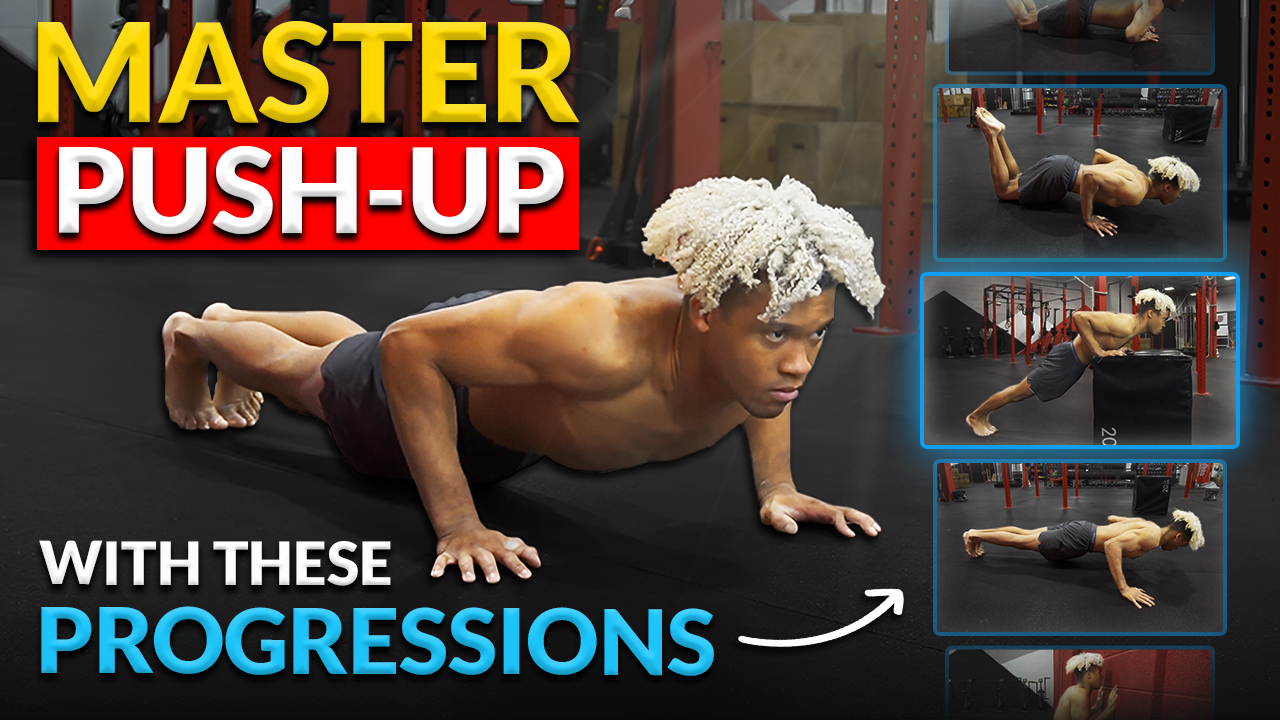
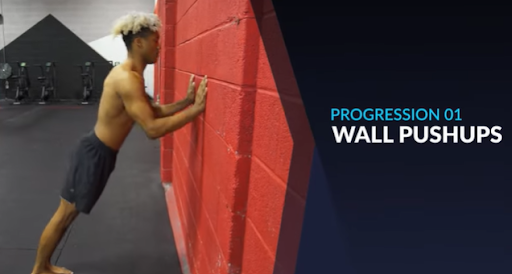
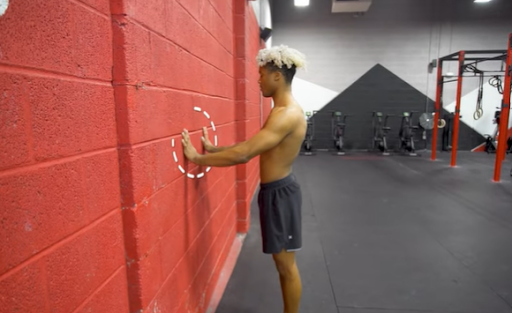
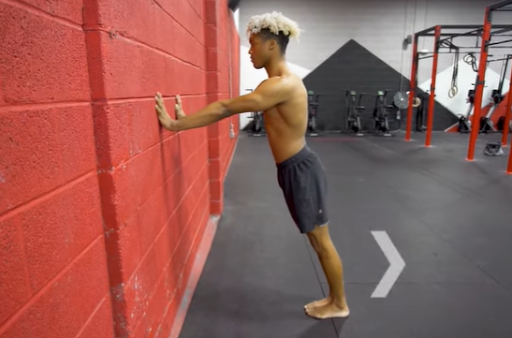
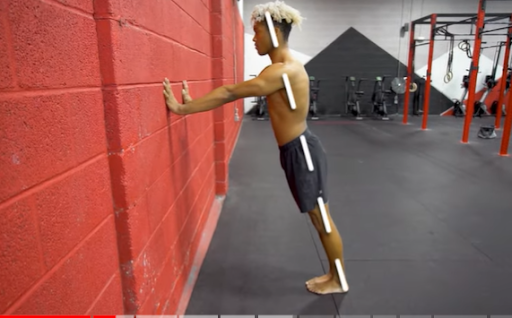
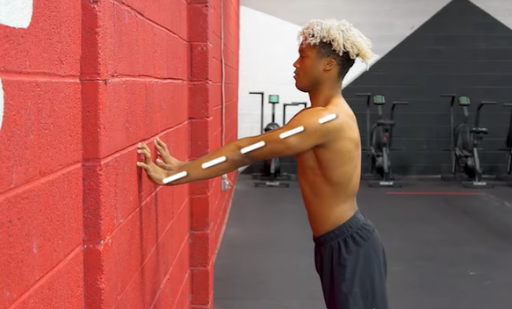
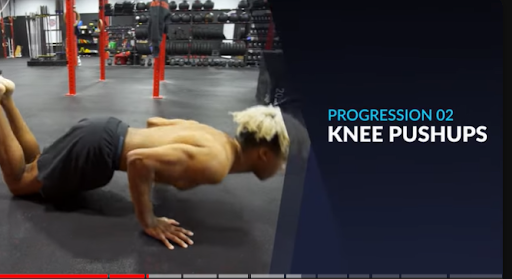
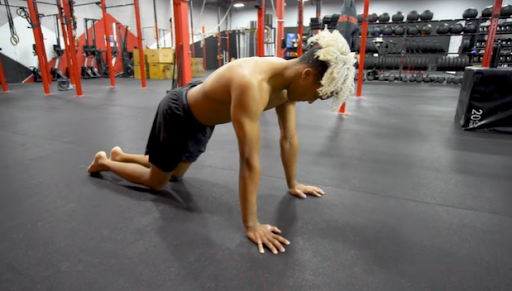
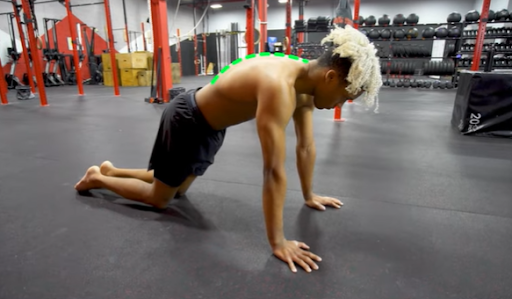
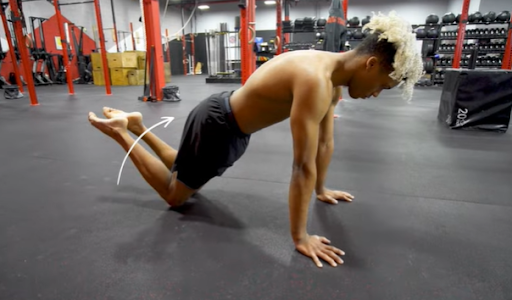
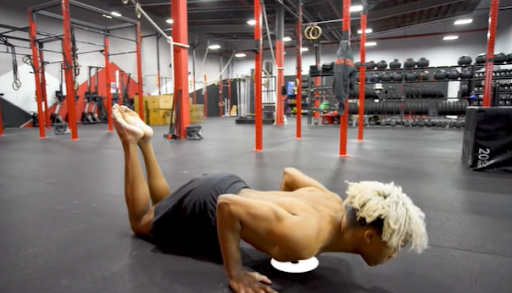
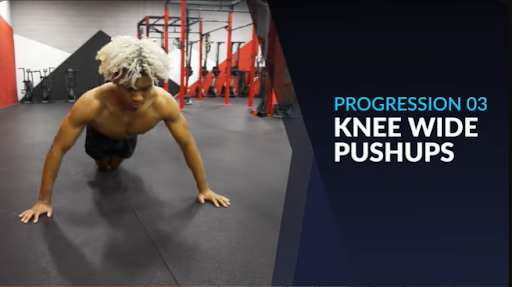
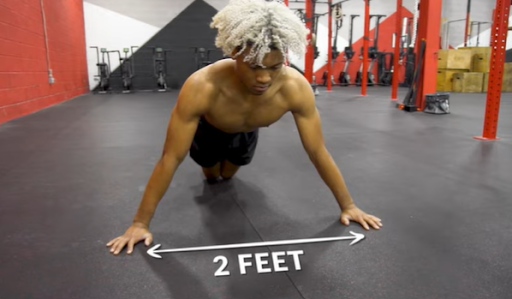
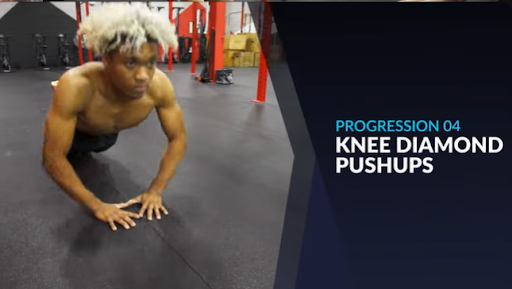
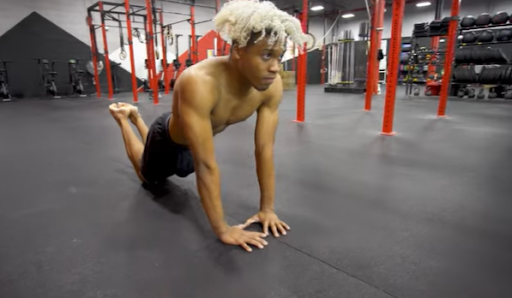
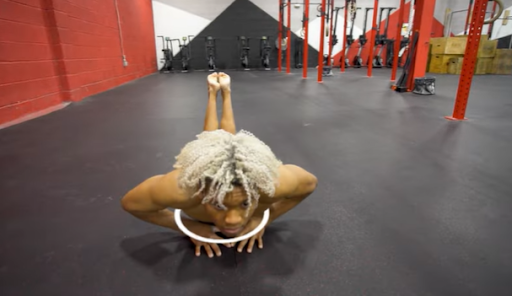
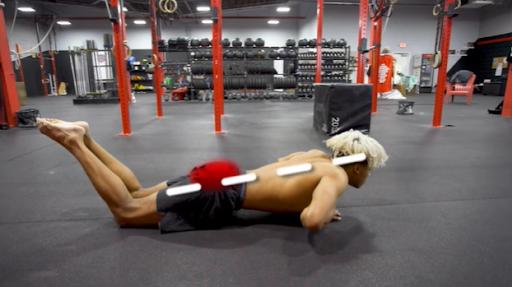
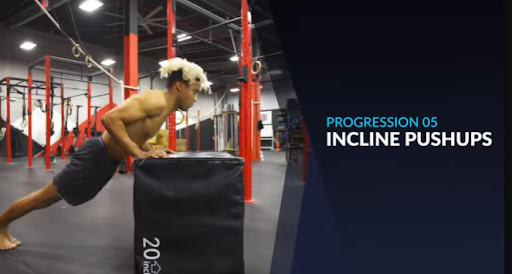
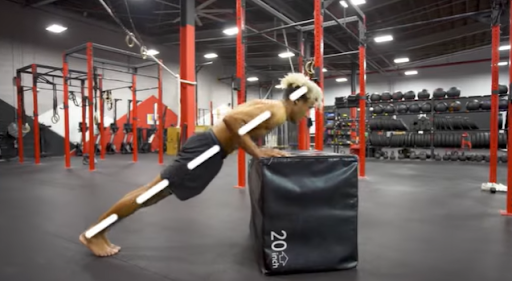
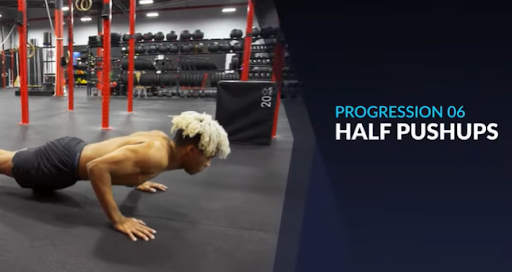
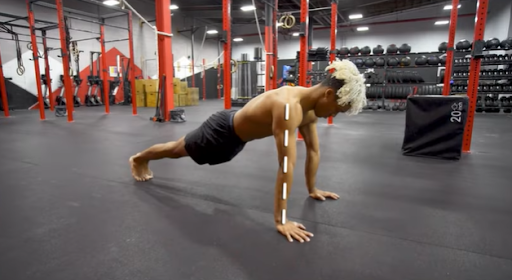
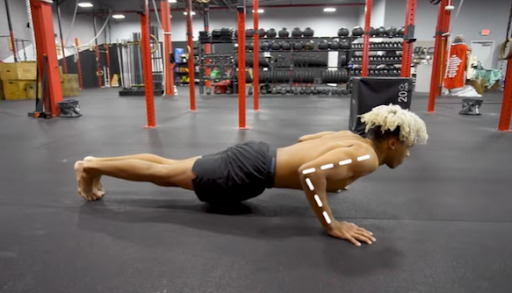
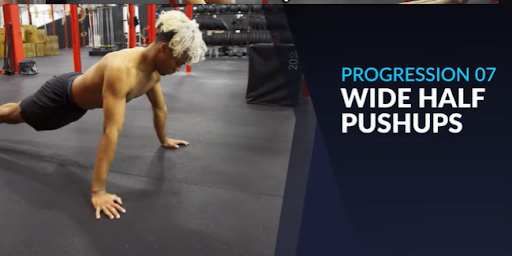
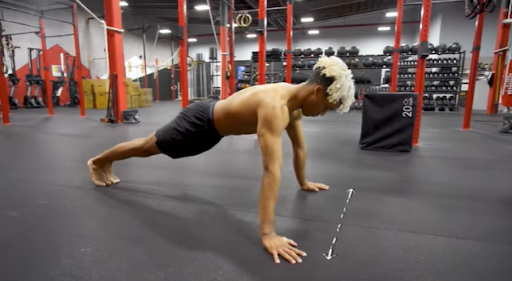
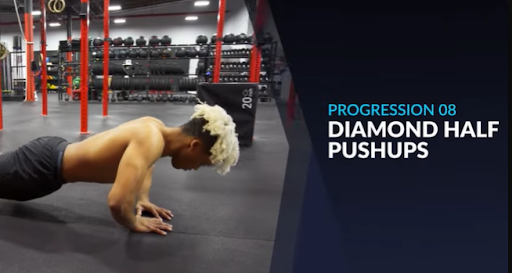
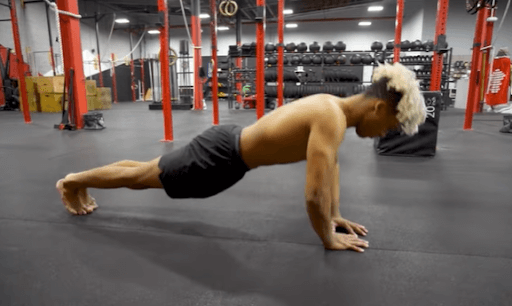

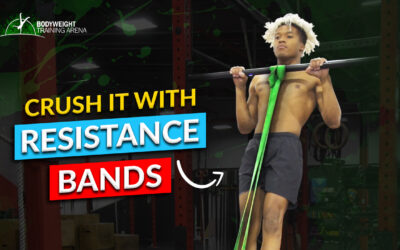

0 Comments